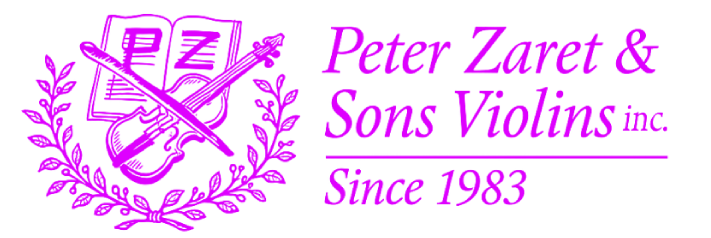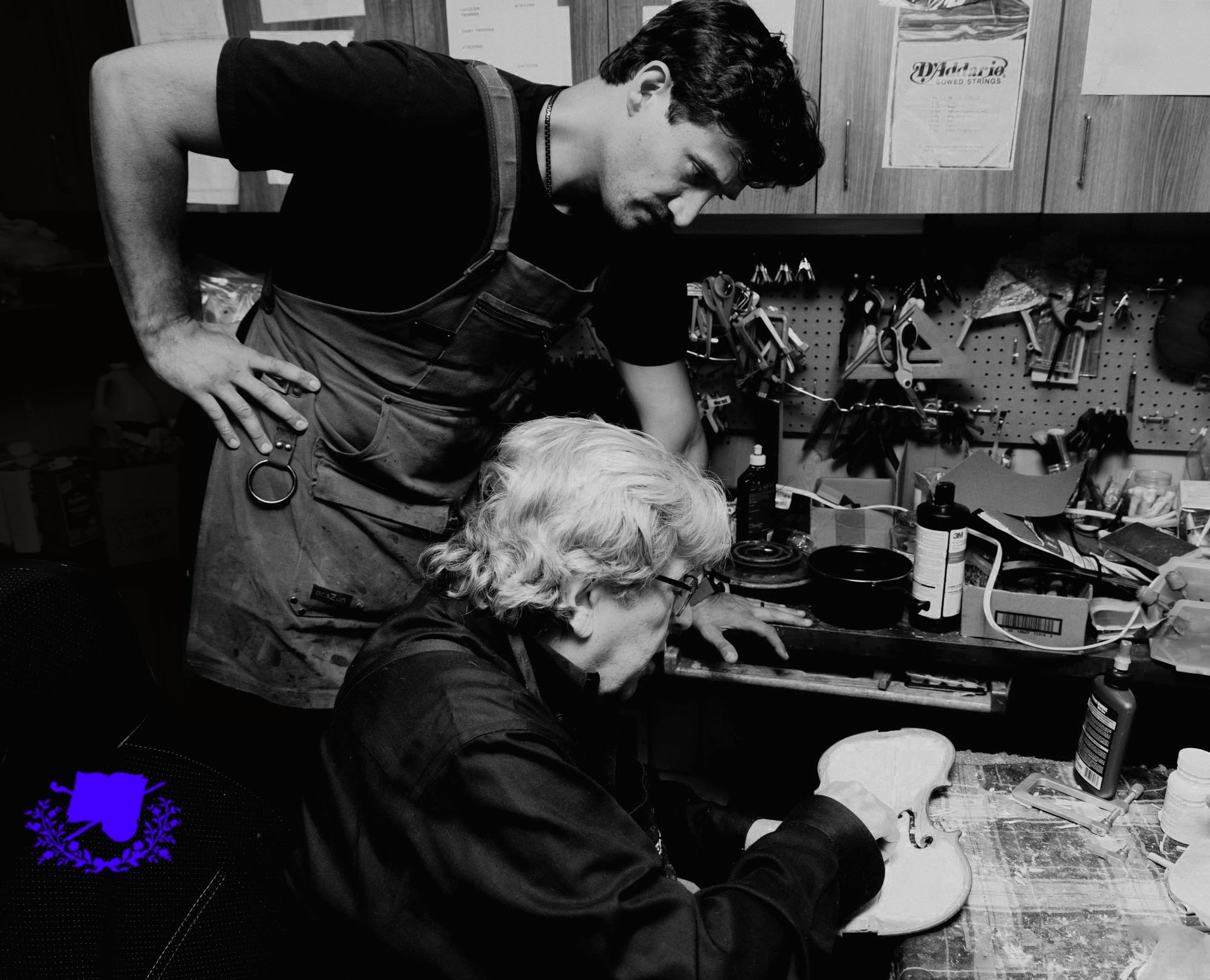
How to Comfortably Hold Your Violin Without Muscle Tension or Pain
Holding your violin or viola in a tight, tense grip will eventually lead to pain in your neck, shoulder, arm, and back
The quality of your playing will also suffer as the physical strain impairs your dexterity, deflates your tone, and reduces mobility. A good shoulder rest is helpful, but it's important to realize no chin or shoulder rest can compensate for a bad instrument hold or poor balance. Much of what prompts you to tense up while playing your violin is mental. So how can you eliminate tension while holding your violin? Consider a few tips and exercises that can help you play more comfortably and with greater confidence.
How to Properly Hold Your Violin & Viola
Place your violin on your collarbone, not your shoulder.
Contrary to popular belief, squeezing your violin between your chin and your shoulder is an improper instrument hold and can cause injury. Your chin doesn't have to squeeze the violin to prevent it from wobbling while bowing. You should instead be balancing your violin between your hand and your collarbone, with an even 50/50 weight distribution. The endpin should point to the middle of your throat.
Overcome your fear of dropping your violin or viola.
Even if you've been playing for years, your initial fear of dropping your violin may still be present. Perform this simple exercise to help you overcome your fear:
- Without a shoulder rest, hang your instrument by its neck in your hand and practice lightly tossing it up onto your collarbone, increasing the speed with each repetition. This will make your violin or viola feel lighter and like a natural extension of your body.
- While balancing your violin between your collarbone and thumb, practice casually walking around the room, talking, and turning around. Once you see how stable your violin actually is in your gentle grip, you'll feel more relaxed and confident.
Imagine that you are holding something fluffy and soft - how we hold an object often mimics the weight and feel of what we're touching. Your violin is made of a hard material, so you may be unconsciously strangling your instrument with a hard, unyielding grip. If that's the case, practice this mental substitution trick:
- Starting with empty hands at your side, close your eyes and place your arm in the playing position. Pretend that you're holding something fluffy, soft, and delicate — like a kitten or a ball of feathers. You'll naturally soften your fingers as they curl around the imaginary texture.
- Now pick up your violin and hold it with that same imagery in mind to help you loosen your instrument hold.
Manage stress while practicing difficult techniques.
In response to a fear of failure, you may naturally tense up as you try to master a challenging technique. But remember that making mistakes is how you learn! So be patient with yourself. Mark these problem areas on your sheet music and determine the precise cause of the difficulty. Does the technique involve an awkward shift in holding position or tricky, quick-paced fingering? Slow down while you work through these trouble spots to help you relax and play without tension. Focus on the progress you make, no matter how incremental, not on every single mistake. If you find yourself getting overly frustrated. take a small break to play music you know well to boost your confidence.
Mindfulness is key to relaxing your instrument hold. The less you tense up while playing your violin, the more you'll enjoy your practice sessions and improve your intonation. We hope that by implementing these tips and exercises, you can learn to play your violin comfortably for hours on end!




Leave a comment
This site is protected by hCaptcha and the hCaptcha Privacy Policy and Terms of Service apply.